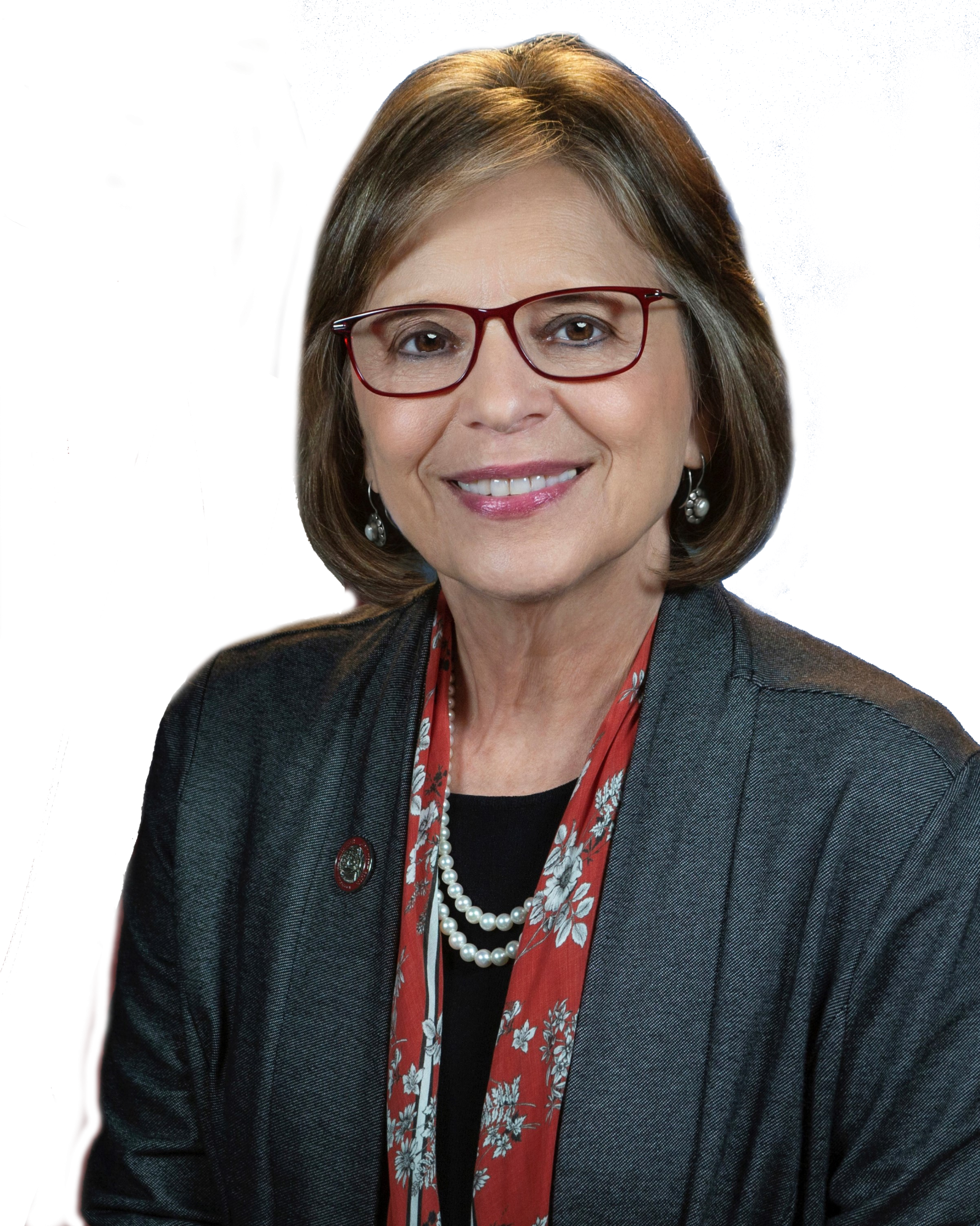Governor Signs Lupardo/Serino Bill to Protect Seniors from Abuse
State to craft guidelines to assist healthcare providers in reporting incidents
Albany, NY – With elder abuse emerging as one of the most underreported crimes in the country, New York State is taking action to protect seniors from instances of abuse through legislation sponsored by Assemblywoman Donna Lupardo and Senator Sue Serino. A8258/S6676, which was signed by the Governor Wednesday, directs the New York State Office for Aging to develop guidelines to assist healthcare providers and others working in healthcare settings to identify suspected self-neglect, abuse and maltreatment of older adults.
“Many instances of elder abuse are never reported because the victim is afraid, embarrassed, or tries to protect their abuser,” said Assemblywoman Lupardo. “These new guidelines will allow people who regularly interact with seniors to know exactly how to identify potential abuse and the process for reporting cases. As our aging population continues to grow, it’s important that we focus on these types of protections. I appreciate Senator Serino’s ongoing support of issues affecting older New Yorkers and look forward to continuing to work with her to improve the lives of seniors across the state.”
“Healthcare providers play a critical role in ensuring the health and safety of a countless number of New York's seniors, often building a level of trust that is unique to the provider/patient relationship,” said Senator Serino. “This bill will go a long way in helping to empower our medical professionals to play a proactive role in preventing elder abuse, an epidemic that too often flies under the radar. I thank the Governor for recognizing the significance of this issue and Assemblywoman Lupardo and our colleagues for making this bill, and protecting our seniors, a priority.”
Continued abuse of seniors can often compromise the financial, physical, and mental health of victims. There are high correlations between elder abuse and maltreatment with hospitalization rates, readmissions, and even death. It has been noted that elders who experience abuse, even moderate in severity, have a 300% percent higher risk of death when compared to those who have not been abused.
Guidelines crafted by the state may include identifying common signs and symptoms of abuse, new screening tools and questions that can be used during visits for detection, training materials for distribution to health care providers and others in healthcare settings, information regarding options for reporting suspected cases of self-neglect or abuse and maltreatment, and available resources for older adult victims.
